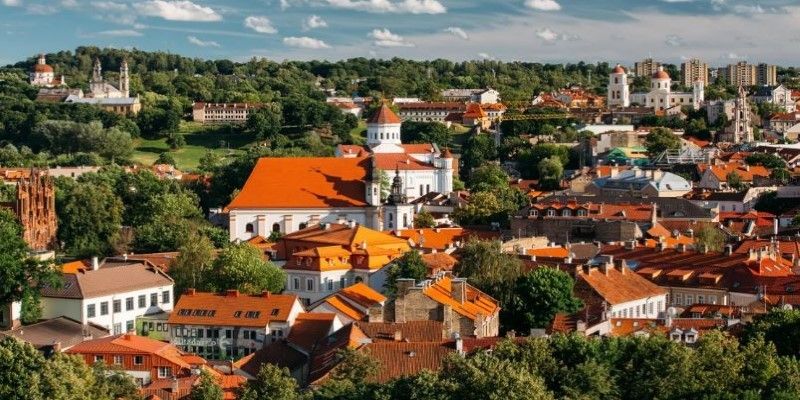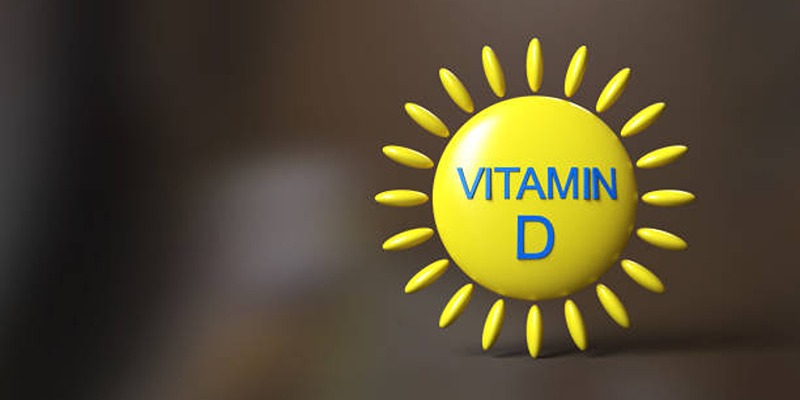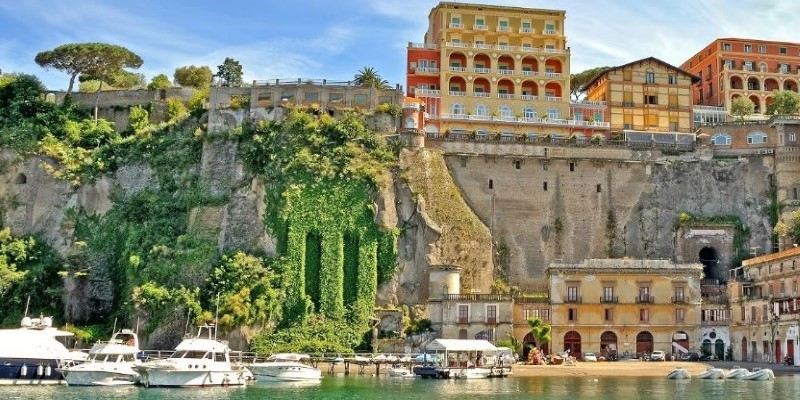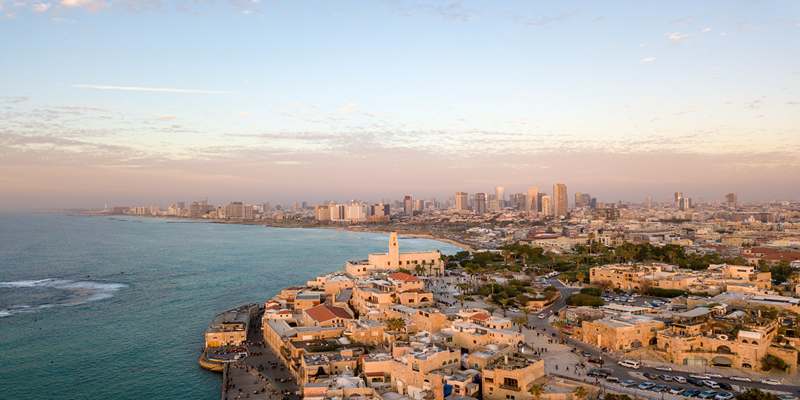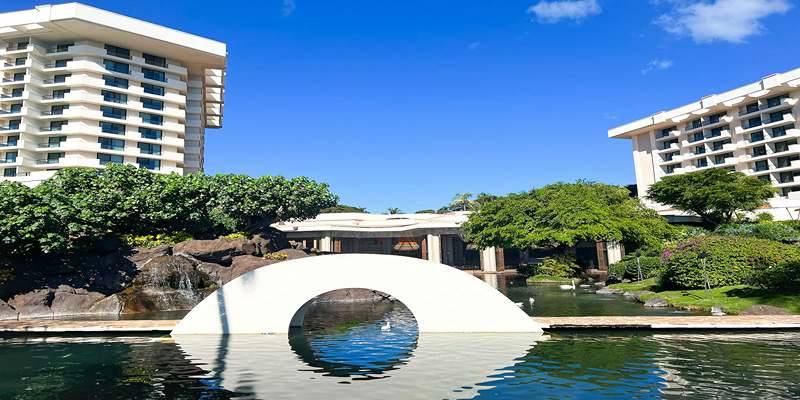Vilnius: A City That Unfolds Beyond First Glance
At first glance, Vilnius, Lithuania, might seem like just another European capital—charming, historic, and easy to admire. But spend a little time wandering its streets, and you’ll quickly realize there’s something different about this place. Beneath its grand Baroque architecture and cobbled alleys lies a city shaped by resilience, rebellion, and creativity. It’s a place where centuries-old churches stand beside avant-garde art spaces, where a neighborhood can declare itself a republic, and where history isn’t just preserved—it’s challenged and reimagined.
Vilnius doesn't just invite visitors to see its landmarks; it dares them to dig deeper, explore its contradictions, and discover the quiet energy that hums beneath the surface. Because in Vilnius, there is always more than meets the eye.
A Timeless Old Town with a Modern Pulse
Old Town Vilnius isn't just a well-preserved historic district; it's a living, breathing part of the city. It is on the list of UNESCO World Heritage Sites, boasting an outstanding spectrum of Gothic, Renaissance, and Baroque architecture. St. Anne's Church rises in its spires, Vilnius Cathedral has embraced its grandeur, and the winding streets lead to faintly known courtyards, giving the ambiance of a feel untouched by time. But make no mistake: this is not the city of a bucolic past.
Beneath the arches of these age-old structures, life blends in with the buzzing sounds of the modern city. A new energy runs through free-spirited boutiques, independent bookstores, and cafés that seem as old as they are new. Here, locals huddle and sip coffee in nook corners filled with books as artists sketch the life that fills the street outside their windows. In this meditative harmony, history does not transform into a competitor to contemporary life but an ally. This balancing act is an embodiment of Old Town Vilnius's character as both a remnant of the past and a vibrant eye for the future.
Užupis: The Republic of Free Spirits
Just across the Vilnia River, Užupis welcomes you into a world where the usual rules don't quite apply. Officially part of Vilnius, this district has declared itself an independent republic—complete with its constitution, a president, and even a small army. Though tongue-in-cheek, Užupis represents something deeply real: a commitment to creativity, individuality, and freedom.
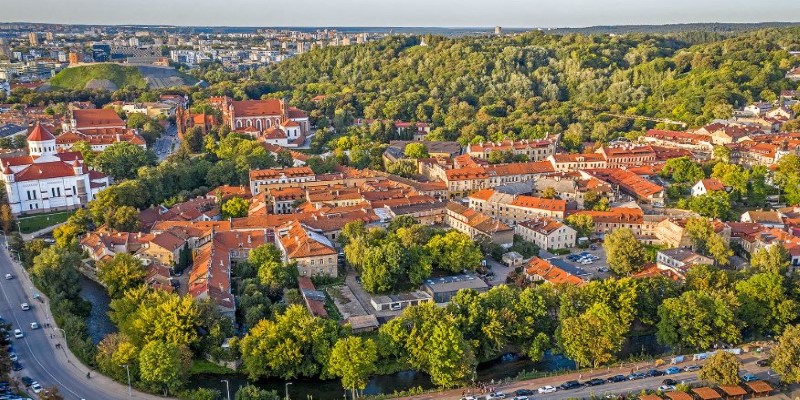
Walking through Užupis, you’ll notice art on nearly every surface. Walls burst with colorful murals, sculptures pop up in unexpected places, and poetry lines the bridges. It’s a place where artists, dreamers, and thinkers gather, creating an atmosphere that’s both eccentric and welcoming. The Constitution of Užupis, displayed on a wall in multiple languages, lays out simple yet profound principles—like “Everyone has the right to make mistakes” and “Everyone has the right to be happy.” In a way, Užupis isn’t just a neighborhood; it’s a philosophy.
While it may seem like an artist’s playground, Užupis also reflects the resilient spirit of Lithuania itself. This was once a neglected, run-down area, but over time, it transformed into one of the most unique districts in Europe. The change didn’t come from outside investment or government initiatives but from the people who saw potential in a forgotten corner of their city and turned it into something extraordinary.
A Culture Rooted in Resilience and Expression
Lithuanian culture isn’t just found in its museums and historical sites—it’s embedded in the city’s everyday life. Music, literature, and storytelling have long been tools of resistance and identity, especially given Lithuania’s history of occupations. Even under Soviet rule, when expressions of national pride were discouraged, Lithuanians kept their traditions alive through song, poetry, and underground gatherings.
Today, that same cultural heartbeat is stronger than ever. The city's theaters, jazz clubs, and festivals showcase a mix of traditional and contemporary Lithuanian talent. The National Museum of Lithuania and the Museum of Occupations and Freedom Fights provide insight into the country's complex past. At the same time, modern galleries highlight the bold and boundary-pushing work of local artists. Vilnius has become a place where history and art constantly intersect, ensuring that Lithuania’s story continues to be told in new and compelling ways.
Cafés and bookshops are also essential to Vilnius’ cultural identity. Places like Mint Vinetu, a second-hand bookstore, and café, feel more like gathering spots for thinkers and creatives than just places to grab a coffee. The atmosphere in such spaces reflects the city's deeply ingrained love for ideas and conversation—a trait that has defined Vilnius for centuries.
Green Spaces and Hidden Retreats in the City
Vilnius isn’t just about architecture and culture; it’s also one of Europe’s greenest capitals. The city is surrounded by nature, offering peaceful retreats even within its bustling core. Bernardine Garden, located just behind St. Anne’s Church, provides a tranquil escape with fountains, flower beds, and shaded paths perfect for quiet reflection. Vingis Park, the largest park in Vilnius, is a favorite for locals who jog, cycle, or gather for open-air concerts in the summer.
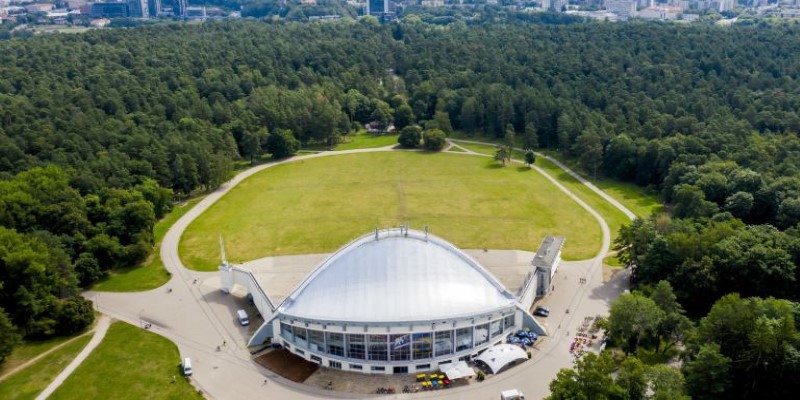
What makes Vilnius unique is how seamlessly nature blends into urban life. The hills of Three Crosses and Gediminas Castle offer breathtaking panoramic views of the city, while the River Neris flows gently through, lined with pedestrian paths and cycling routes. Even in the heart of the city, there’s always a spot where you can pause, take a deep breath, and feel a sense of calm.
This connection to nature isn’t just a luxury; it’s a part of the city’s identity. Vilnius embraces slow moments, encouraging visitors to appreciate not just its sights but its atmosphere—where history, culture, and nature exist in a rare and beautiful balance.
Conclusion
Vilnius, Lithuania, is more than a picturesque capital—it’s a city of depth, creativity, and resilience. From the historic charm of Old Town Vilnius to the artistic spirit of Užupis, every corner tells a story of transformation. Its culture thrives in cafés, galleries, and streets filled with hidden gems. To truly grasp Vilnius, you must look beyond the surface, embrace its layers, and experience its rhythm. It’s a place that lingers in memory, always revealing something new.







